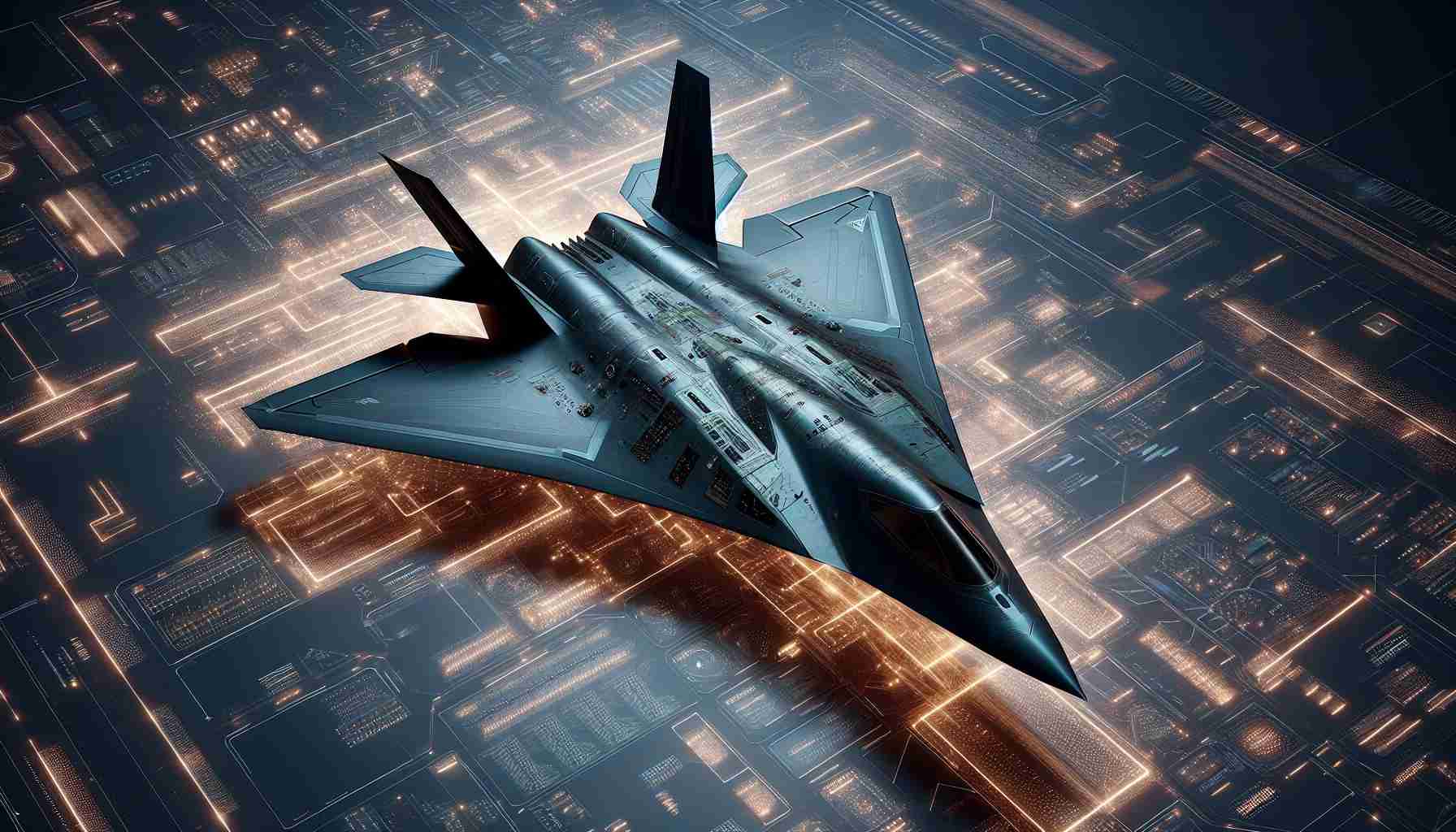- The YF-23 Advanced Tactical Fighter was a highly advanced competitor overshadowed by the F-22 Raptor.
- Despite its superior speed, stealth, and range, the YF-23 lost a critical military competition.
- The F-22’s agility and performance, combined with Lockheed’s persuasive presentation, won over decision-makers.
- Interest in the YF-23 is rekindling as discussions about future air combat technology gain momentum.
- Its innovative design elements are being revisited as military aviation transitions towards the next era.
- The scenario highlights the importance of strategic presentation alongside technical excellence in military selections.
In the high-stakes world of military aviation, the YF-23 Advanced Tactical Fighter was a dazzling contender that never quite got its moment in the spotlight. Faster and stealthier than its rival, the YF-22, it soared through the skies with unmatched speed and superior range, but ultimately fell short in a pivotal competition.
As the F-22 Raptor commanded attention with its agility and impressive performance, the YF-23 quietly faded from public memory, overshadowed by its more celebrated counterpart. Nevertheless, whispers of its groundbreaking design are rekindling interest as discussions about the future of air combat intensify.
The YF-23 boasted stealth features and capabilities that many believed were ahead of their time. However, during decisive flight demonstrations, the YF-22 showcased dynamic maneuvers that captured the air force’s favor. It turns out, the art of persuasion played just as critical a role as technical prowess; while Northrop’s engineers focused on engineering brilliance, Lockheed’s team dazzled with showmanship.
With the F-22 nearing retirement by 2030 and air combat evolving, the question remains: what if the YF-23 had been chosen? Designers in today’s military technology are urged to revisit its innovative features, as the lingering potential of the YF-23 serves as a reminder that sometimes, the best options are overlooked.
Ultimately, in the fierce realm of military aviation, strategy goes beyond sheer specifications; it’s also about making a lasting impression.
Uncovering the Untapped Potential of the YF-23: What Could Have Been?
The YF-23: A Brief Overview
The YF-23 Advanced Tactical Fighter, developed by Northrop and McDonnell Douglas, was a groundbreaking aircraft that competed against the YF-22 in the USAF’s Advanced Tactical Fighter program in the early 1990s. Although it did not receive the contract to become the F-22 Raptor, its distinctive design and advanced technologies have sparked renewed interest as military aviation progresses.
Key Features and Innovations
– Stealth Design: The YF-23 featured a unique shape with sharp angles and a low radar cross-section, which made it one of the stealthiest designs of its time.
– Supercruise Capabilities: Unlike many aircraft that require afterburners to achieve supersonic speeds, the YF-23 was designed to cruise at supersonic speeds without them—providing greater range and fuel efficiency.
– Advanced Avionics: Its cockpit was equipped with sophisticated avionics systems, including a digital fly-by-wire system that enhanced its capabilities during flight operations.
– Multi-role Flexibility: The YF-23 was not only designed for air-to-air combat but was also capable of executing air-to-ground missions, making it a versatile option for the Air Force.
Pros and Cons of the YF-23
Pros:
– Superior stealth capabilities that exceeded those of the YF-22.
– Enhanced range and speed due to supercruise capability.
– Innovative design with future-oriented avionics systems.
Cons:
– Lack of agility compared to the maneuverable YF-22.
– Limited public and military visibility due to less aggressive marketing.
– Development costs that may have influenced procurement decisions in favor of the YF-22.
Market Insights and Trends
As air combat strategies evolve and older aircraft models like the F-22 approach retirement, there is a growing interest in revisiting the YF-23’s design principles. Military analysts speculate that these could inform the next generation of stealth fighters, especially with advancements in materials science and computing technology.
Predictions and Future Use Cases
– Potential Revival: With a marked shift towards unmanned and hybrid operational capabilities, the innovative elements of the YF-23 could influence the design of future combat drones.
– Adaptations for Next-gen Fighters: Incorporating YF-23 features could significantly impact emerging air superiority fighters that emphasize stealth, speed, and versatility.
Comparison: YF-22 vs. YF-23
| Feature | YF-22 | YF-23 |
|————–|————————|————————|
| Stealth | Good | Excellent |
| Speed | Fast | Faster |
| Agility | Highly maneuverable | Less agile |
| Range | Moderate to High | High |
Important Questions About the YF-23
1. What technical innovations could influence future military aircraft design?
– The YF-23’s blend of stealth technology, supercruise ability, and advanced avionics remains widely influential. These attributes can guide future aircraft to leverage technology that enhances survivability and operational efficiency.
2. How does the history of the YF-23 affect current military procurement decisions?
– Military procurement today often considers lessons from the YF-23 competition, emphasizing not only technical performance but also capabilities such as adaptability, interoperability, and future-proofing against evolving threats.
3. Could advances in technology today revive interest in the YF-23’s design?
– As systems become more sophisticated, elements from the YF-23 could provide insights into modular designs and advanced stealth features that could be practically implemented in contemporary aircraft.
For more insights on military aviation advancements, visit Military.com.
